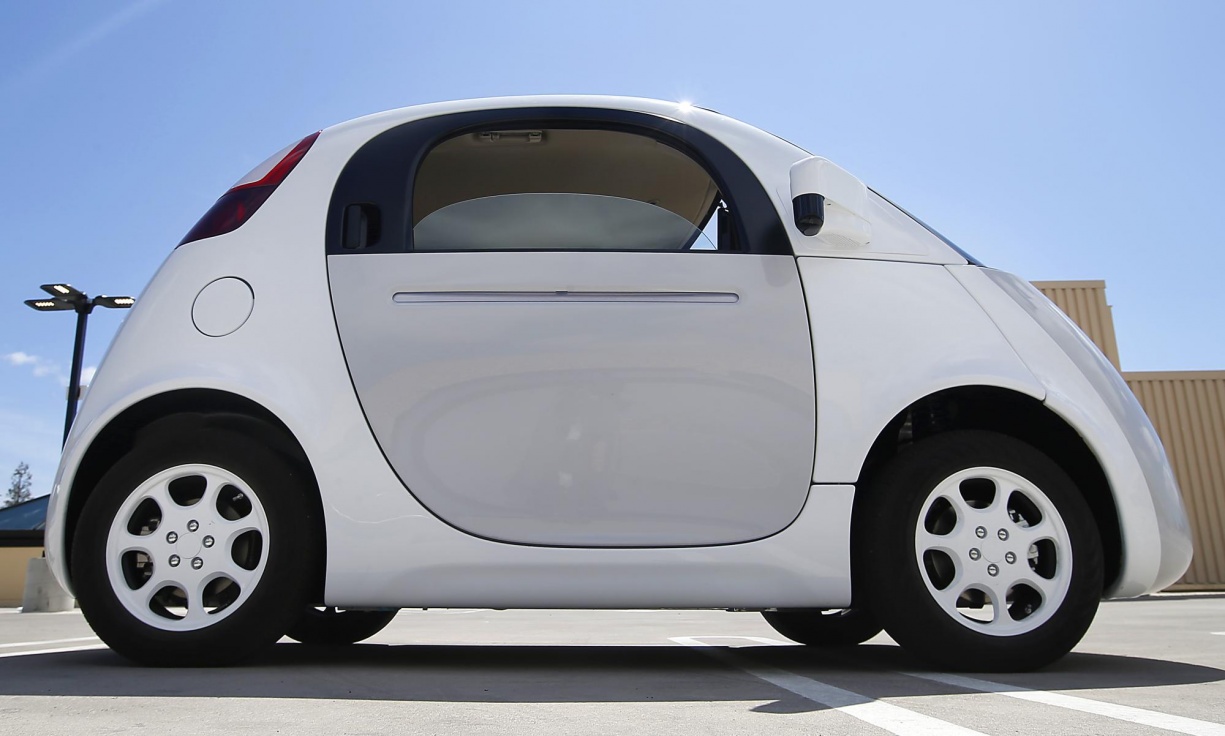Smart intersections for cars of the future will make traffic lights unnecessary

Traffic lights may become unnecessary if smart robomobili appear on the roads in large numbers
Cars are becoming more and more "smart", and according to various forecasts, the mass appearance of rob-mobiles on public roads will take place somewhere in five or seven years. But much remains to be done. In particular, experts on automatic control systems of cars have a lot of work to ensure the safety of people in this car. In addition, you need to take care of other road users, so that the roomobil “understands” where it is going, correctly identifying road markings, signs, light signals.
Roads are still very dangerous for humans. In the United States alone last year, traffic accidents caused 40,000 deaths. Worldwide, the number of victims of automobile accidents is hundreds of thousands per year. The human factor is the main cause of such accidents. After all, it is easy to distract the driver with something - a phone call, a direct appeal from the passenger. The man behind the wheel, after all, may just fall asleep. A computer is not a distraction, but the problem is that computer systems have not yet learned how to drive perfectly.
This is hampered by the weather, fuzzy road markings, a large number of signs and other things. As for the intersections, they are, apparently, the most difficult part of the road for the mobile. Not so long ago, the car Uber had an accident at the intersection. If automakers want to soon release robomobili on the road, then they have to solve the problem of safe driving, including at the intersection.
')
Traffic here is usually regulated by a traffic light. It is rather difficult for a computer control system to correctly interpret light signals, especially if something is installed near a traffic light (stall, tree, sign, etc.). That is why Ali Reza Fayazi, a developer from the United States, offers traffic lights to people, and for machines with an automatic control system to create special smart intersections. More precisely, the intersections will remain the same, their technical equipment will change. And these are not just words - the developer has already demonstrated the work of the system on which he is working.
For this, he used his own car, for which Fayazi emulated a complex traffic at a crossroads. By the way, smart cars are good because you can create a virtual reality for them, where they train, creating thousands of different situations on the same virtual roads.
It is proposed to install special controllers, elements with sensors, wireless communication modules and other elements at smart intersections. These controllers will monitor the situation at the intersection and transfer all important information directly into the memory of the onboard computers of the robots. As a result, the latter will “understand” when to drive, when to stand, and what the current situation on the road is.
When emulating different situations on the roads, the smart intersection allowed for a maximum cluster of cars of 11 cars. The same situation with the use of traffic light signals in a virtual reality led to the appearance of traffic jams from hundreds of cars.

The schematic image of a smart intersection and robomobil on it
Of course, despite the fact that with the demonstration of technology, everything went well, the implementation of the project is a big question. First, for the introduction of such a system, it is necessary to change the rules of traffic rules, legislation and much more. Secondly, the serious technical equipment of each intersection in a more or less large population center is required. And thirdly, all this is intended for the computer control system of the car, and not for the human driver. That is, smart intersections will not appear in our life for at least another five years, or even longer.
As for the ro-mobiles themselves, many companies are now engaged in them, including Google, Tesla Inc, Mercedes, Volvo, and new players are emerging on the market, including Uber and Baidu .
So far, machines with an automatic control system have not reached the public roads en masse, since this requires the actions of legislators from different countries. But in virtual reality, no one bothers to teach cars and computer control systems. So are, for example, developers from Waymo . “We can reproduce the exact situation and predict with the help of a simulation what can happen if the car is on the road in autonomous driving mode,” say company representatives.

Perhaps roboomobili on the smart roads of the future will look like this
Lawmakers are gradually modifying the rules of the road and certifying robots so that by the time of their mass appearance there are no problems for users of such vehicles.
Source: https://habr.com/ru/post/403809/
All Articles